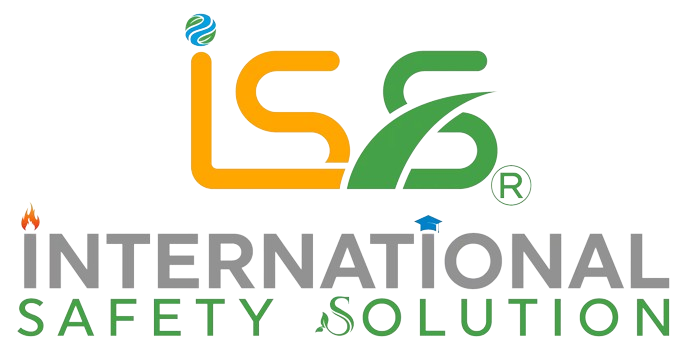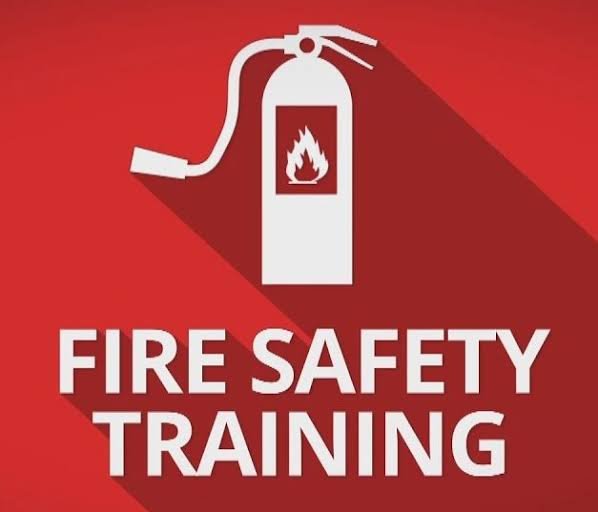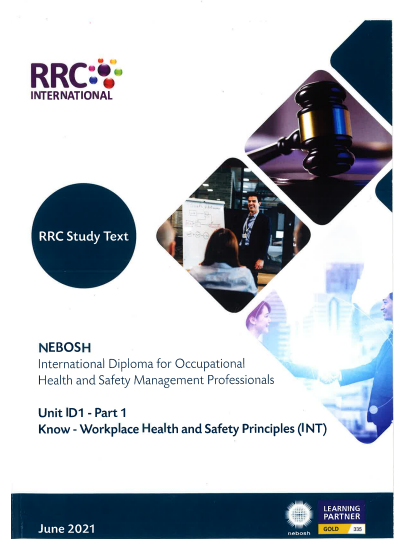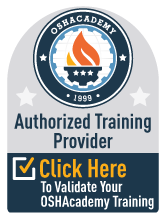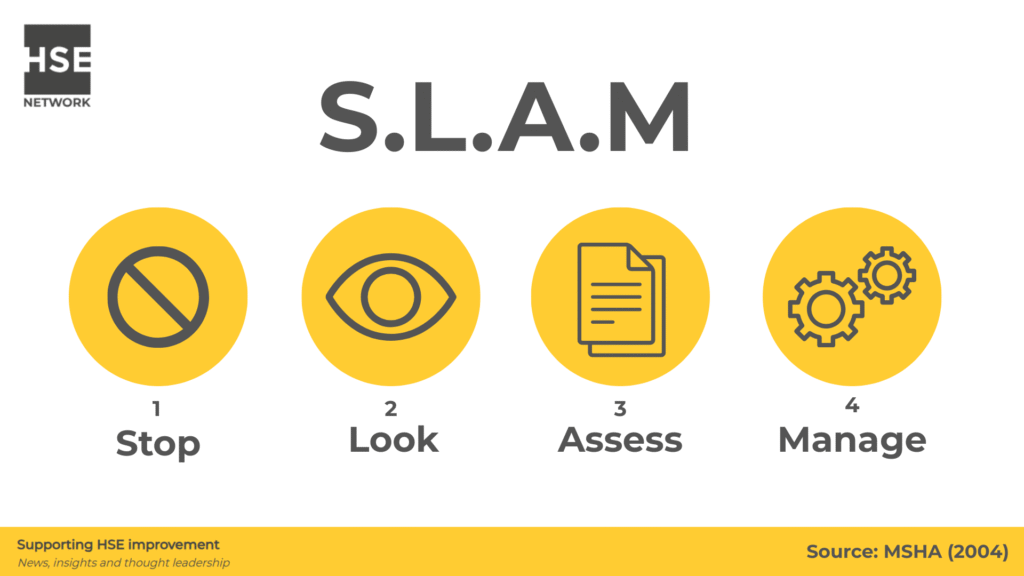
SLAM Technique: A Practical Approach to Workplace Safety
Workplace safety is a responsibility shared by employers, supervisors, and workers. Every accident, near-miss, or unsafe act often has one common cause: failure to assess the risks before starting a task. The SLAM Technique—Stop, Look, Assess, Manage—is a simple yet powerful method to prevent incidents and injuries at work.
This step-by-step approach ensures that employees remain alert, recognize hazards, and take immediate actions to control risks. It is widely promoted in industries such as construction, oil and gas, manufacturing, and utilities where workers face high-risk tasks daily.
1. Stop – Pause Before Acting
The first step is to stop and think before starting any task. Workers should never rush into a job without considering the potential risks. A few seconds of pause can prevent accidents.
- Ask yourself: Do I fully understand the job?
- Do I have the correct training and equipment?
- Am I fit and focused to perform the task safely?
Stopping creates a safety mindset and breaks the habit of rushing.
2. Look – Identify Hazards Around You
After stopping, the next step is to look carefully at the work environment. Hazards may be obvious or hidden.
- Look for physical hazards (slips, trips, falls, moving machinery).
- Identify environmental hazards (heat, noise, poor lighting).
- Check for chemical, electrical, or fire risks.
Looking means scanning not only your immediate area but also surrounding activities. Workers should always ask: “What could go wrong here?”
3. Assess – Evaluate the Risks
Once hazards are identified, the next step is to assess the level of risk they pose. Risk assessment involves thinking about:
- The likelihood of the hazard causing harm.
- The severity of potential injury or damage.
- The controls already in place and whether they are adequate.
For example, if working at height, assess whether guardrails, harnesses, and fall arrest systems are available and properly used. This stage ensures that the worker is aware of the consequences before proceeding.
4. Manage – Control and Proceed Safely
The final step is to manage the risks. This means applying the safest possible methods, using proper equipment, and following organizational procedures.
- Eliminate hazards where possible.
- Use engineering controls, PPE, and safe work practices.
- Report unsafe conditions immediately.
Managing risks is not just about protecting yourself but also ensuring the safety of colleagues, visitors, and the workplace.
Benefits of the SLAM Techniqu
- Encourages workers to think before acting.
- Reduces workplace accidents, injuries, and near-misses.
- Promotes a safety culture across the organization.
- Empowers employees to take ownership of safety.
Conclusion
The SLAM Technique (Stop, Look, Assess, Manage) is a simple but highly effective tool for improving workplace safety. By taking just a few moments to pause, observe, analyze, and control risks, workers can prevent accidents and save lives. Organizations should train employees to apply SLAM every time they perform a task, no matter how routine it may seem.

